Several good bird books have been published lately, of which here are a few. I’m planning to do full reviews for all of these, but thought I’d go ahead and present some brief thoughts (especially since I don’t write nearly as fast as I wish I did).
-
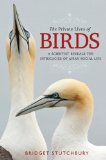 The Private Lives of Birds: A Scientist Reveals the Intricacies of Avian Social Life
The Private Lives of Birds: A Scientist Reveals the Intricacies of Avian Social Life
Bridget StutchburyThis book provides birders a glimpse into the ornithologist’s world. The author investigates the habits of birds in regard to mating, parenting, territoriality, migration, and more. But she does more than just present the facts; she explains the studies that were done to discover those facts. This is a great introduction to the lives of birds. Even experienced birders will learn something new.
-
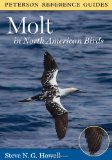 Peterson Reference Guide to Molt in North American Birds
Peterson Reference Guide to Molt in North American Birds
Steve N.G. HowellMolt is an intimidating topic, but one that is important for birders to understand. Howell first gives an extensive introduction to molt, and then describes the molting patterns for each family of North American birds. Honestly, I was surprised to find that all of the family accounts were worth reading; you never know what fascinating tidbits you may uncover, like the possibility that Bullock’s X Baltimore Oriole hybrids are selected against because they could be molting twice in the fall instead of just once. Personally, I understand molt much better now, and can see myself referring back to this guide often. Highly recommended to intermediate-to-advanced birders.
-
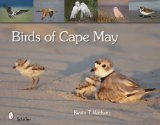 Birds of Cape May
Birds of Cape May
Kevin T. KarlsonEssentially a large-format photo album, this book showcases the birds of Cape May, New Jersey season by season. Karlson, an excellent photographer, provides most of the photos along with short captions. Recommended to those who’d like a good souvenir or reminder of a trip to this birding hotspot, or to any fan of bird photography in general.
-
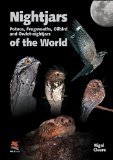 Nightjars, Potoos, Frogmouths, Oilbird, and Owlet-nightjars of the World
Nightjars, Potoos, Frogmouths, Oilbird, and Owlet-nightjars of the World
Nigel CleereThis large, lavish book is a photographic guide to an intriguing group of birds. Just the fact that this book includes photos of every known member of this nocturnal and secretive group is amazing enough (though some, by necessity, are of museum specimens), but they’re also of very high quality and huge! Most birds are shown perched or roosting, there are few in-flight shots, unfortunately. A range map and terse text covering the species’ identification and natural history round out each account. This certainly won’t appeal to everyone, but caprimulgid fans should love it.
-
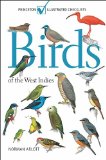 Birds of the West Indies (Princeton Illustrated Checklists)
Birds of the West Indies (Princeton Illustrated Checklists)
Norman ArlottThe guides in this “illustrated checklists” series are more than merely bound checklists with illustrations, yet less than a full field-guide. Still, a good bit of information is included in this portable book. With painted plates on the right-hand pages and text on the left, the design is certainly typical for field guides. It does include range maps, but unfortunately, they are all gathered together in the back. I haven’t yet extensively compared this to the identically named field guide by Herbert Raffaele
. From my cursory examinations, I can’t unilaterally recommend one over the other right now.
-
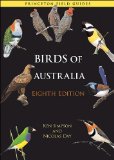 Birds of Australia: Eighth Edition
Birds of Australia: Eighth Edition
Ken Simpson and Nicolas DayI don’t have any other Australian field guides to compare this against (except the prior edition of this guide!), nor have I ever been anywhere near Down Under. So I’m no authority here, but this is one good-looking field guide! Maybe it’s all the exotic-looking birds, but the plates (again on the right-hand page) are gorgeous. Text accounts, small black-and-white drawings, and very informative range maps accompany the paintings. For a field guide covering an avifauna about the same size as the US and Canada’s, this is a fairly compact book, making it possible to carry in the field. Take this with a grain of salt, given my lack of experience with this region, but if you’re looking for an Australian field guide, this is a legitimate choice.
Posted by Grant McCreary on August 13th, 2010.





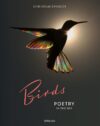
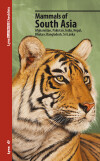
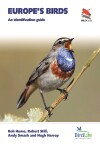
Comment